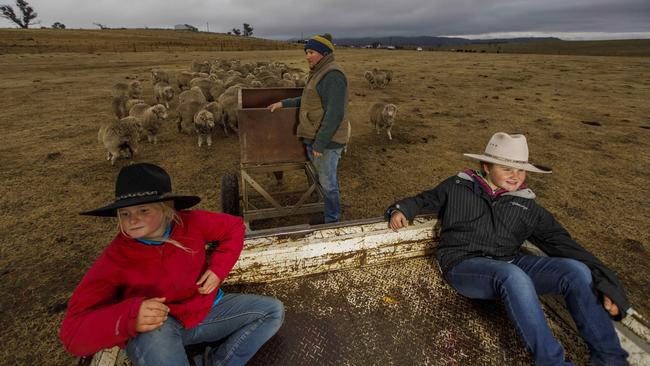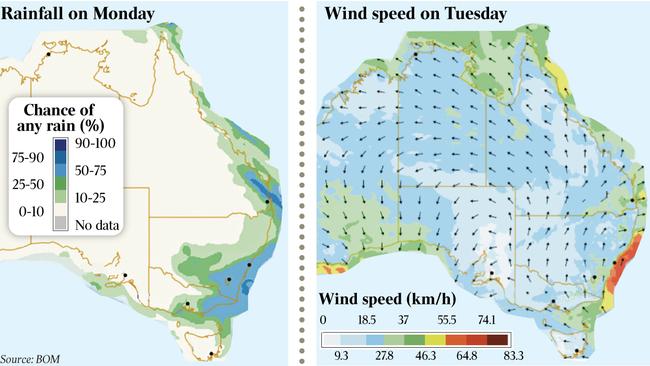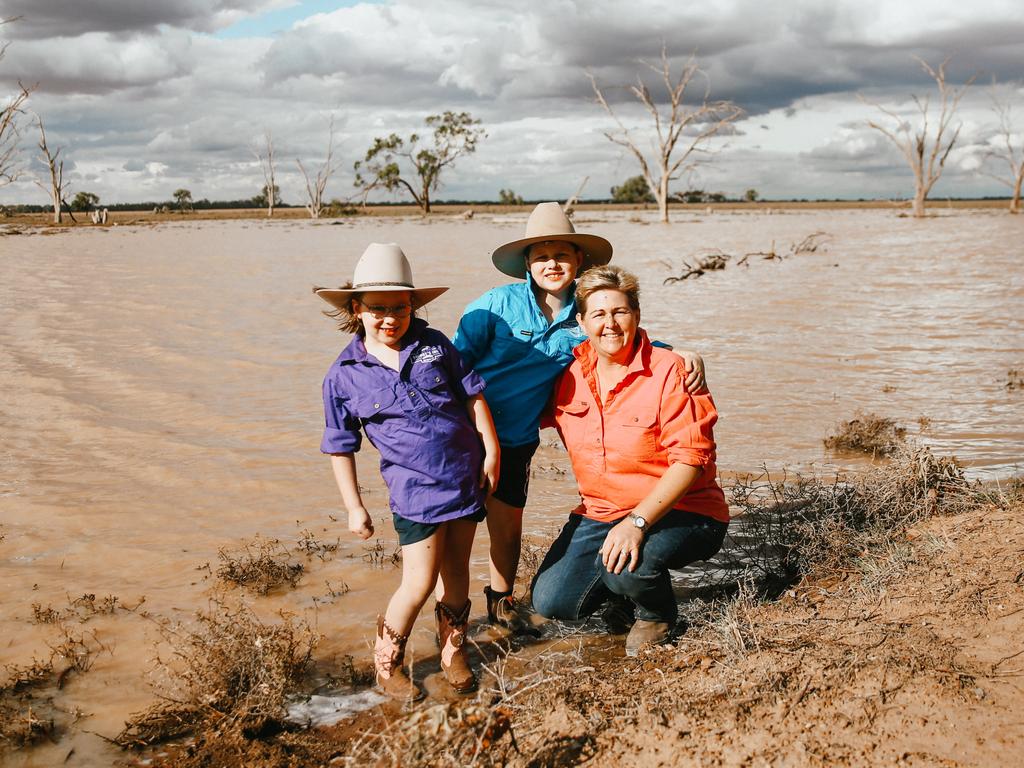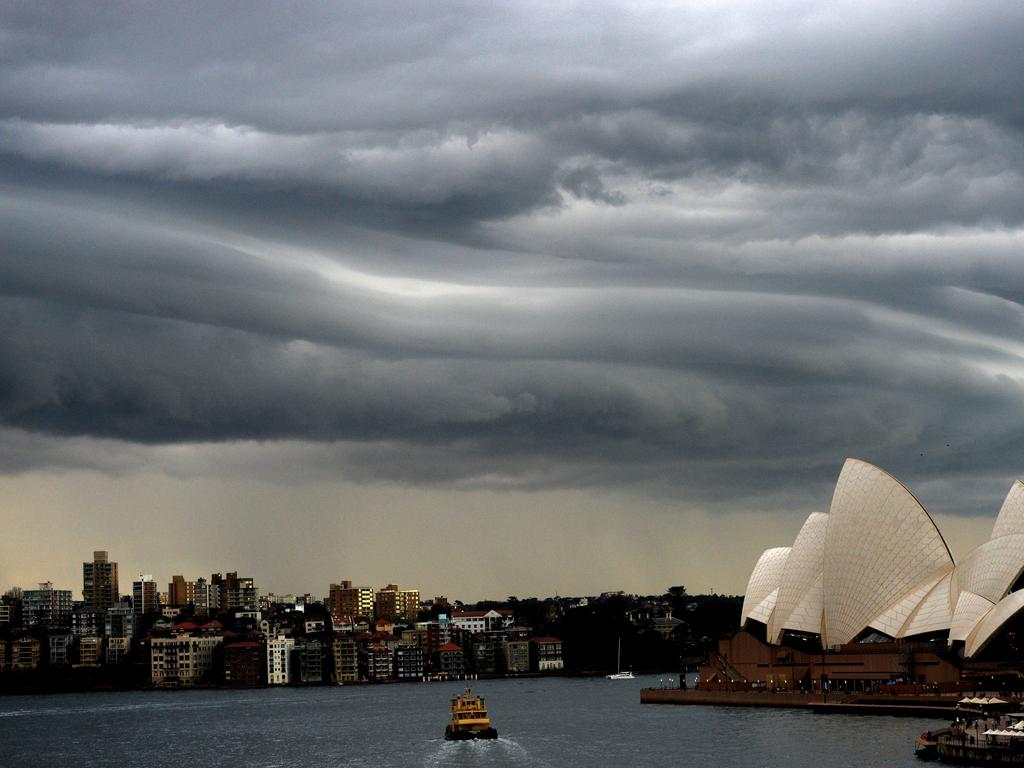BOM raises hopes of deluge, but drought-stricken farmers have heard it before
For the first time in more than two years, above-average rainfall is likely over the next six months in north, eastern Australia.

Farmers in some of Australia’s most drought-stricken regions are looking to the skies — but keeping their hopes grounded — amid long-term forecasts for rain.
For the first time since February 2018, the Bureau of Meteorology has launched a La Nina “watch”, meaning above-average rainfall is likely over the next six months in northern and eastern parts of Australia, leading to hopes that increased rains could be drought-ending for many regions.
The bureau’s El Nino-Southern Oscillation “watch” is suggesting that the chance of La Nina developing this year is about 50 per cent — roughly double the average likelihood.
While the forecast is promising, for Jock Wallace, a sheep and cattle farmer from Numbla Vale in southern NSW, previous disappointments mean he is taking the prediction with a grain of salt.
“It gives you something to look forward to, but it’s bloody disappointing when it doesn’t happen,” Mr Wallace said.
“We’ve had bugger-all rain recently. It’s pretty dire.”

While significant rain is forecast for this week, Mr Wallace said the drought-stricken region needed hundreds of millimetres of rain in spring to help farmers, most of whom had sold their cattle in order to stay afloat.
If the event does develop into a full La Nina, large swaths of eastern Australia will receive above-average rainfall that will be extremely beneficial for farmers, weather forecaster Don White said. “A lot of farmers are happy because the countryside is looking good and pastures are growing, but dam levels are so low after three years of no rain,” he said.
“Obviously if we had a La Nina event, more rain will run off into the dams, but this is more likely to occur in spring and late August.”
If the rains fall as hoped, dam levels are likely to be replenished, diminishing the chance of bushfires along the east coast during the summer.
It comes after the third-lowest June rainfall on record across the country and below average for most of Australia. Some of the worst affected regions have been in the northern and western Murray-Darling Basin, and across eastern and central Gippsland in Victoria.
National Farmers Federations chief executive Tony Mahar said despite predictions for this year’s winter crop looking the best in many years, farmers wouldn’t complain if more rain fell. “Some farmers are still experiencing drought conditions including in central Queensland, on the Monaro in southern NSW and in the pastoral regions of South Australia. The forecast extreme east coast low is expected to reach some of these regions and will be welcomed by farmers there. Winter is not the best time for rain — but farmers managing drought will never complain when it falls.”
Rosemary Barr, a senior meteorologist from BOM, said while every La Nina pattern slightly differed, as a general rule it meant above-average rainfall in winter and spring across eastern and northern parts of Australia.
La Nina also brings a higher threat of flooding and cyclones.







To join the conversation, please log in. Don't have an account? Register
Join the conversation, you are commenting as Logout